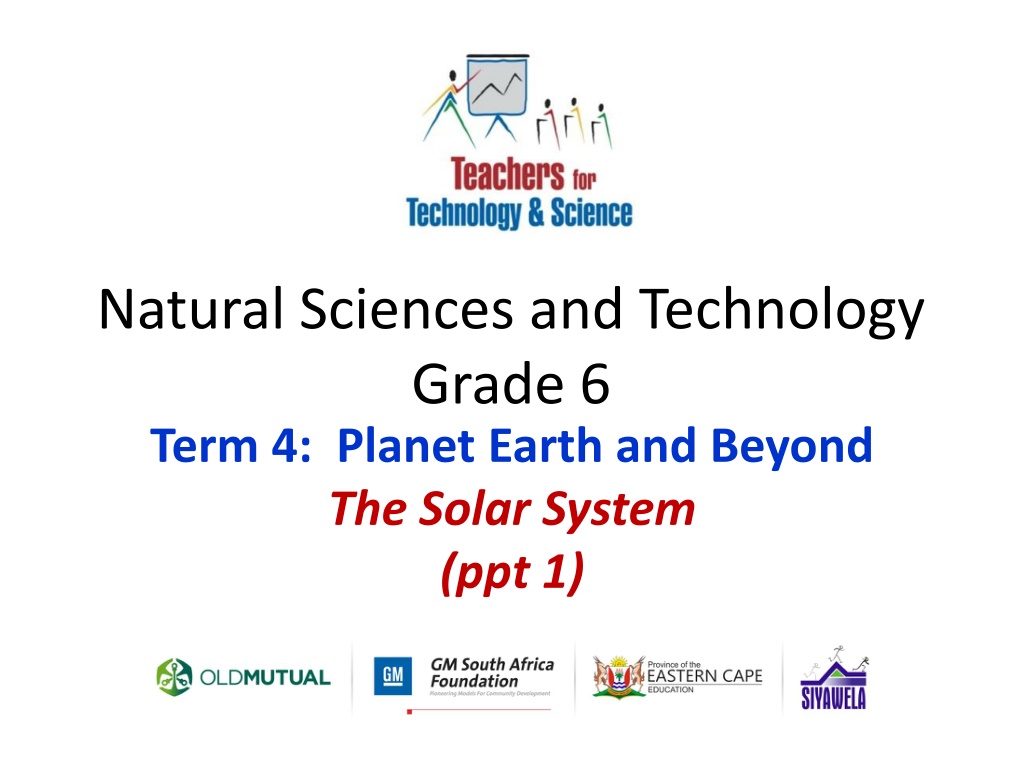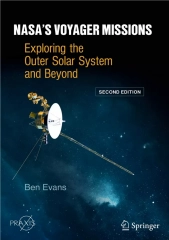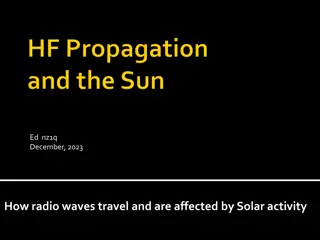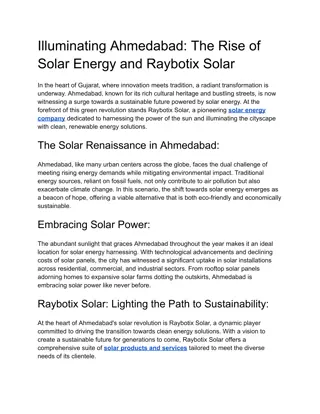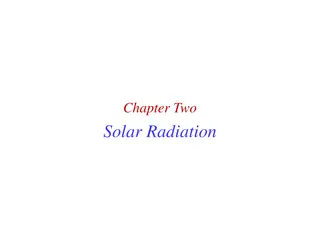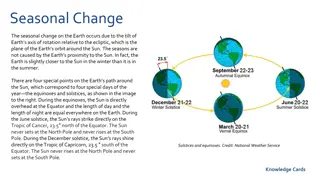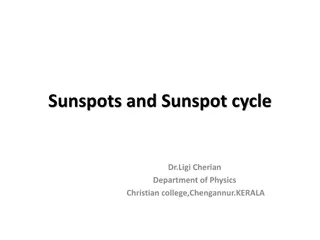Exploring the Solar System: The Sun and Beyond
Delve into the fascinating world of our Solar System, focusing on the central star, the Sun. Learn about the different celestial bodies and their composition, with a special emphasis on Earth as a planet. Discover the Sun's characteristics, including its size, temperature, and structure. Explore the anatomy of the Sun, from its surface features like sunspots to phenomena like solar flares. Gain a deeper understanding of the wonders of our cosmic neighborhood in this engaging Grade 6 Natural Sciences and Technology presentation.
Download Presentation

Please find below an Image/Link to download the presentation.
The content on the website is provided AS IS for your information and personal use only. It may not be sold, licensed, or shared on other websites without obtaining consent from the author.If you encounter any issues during the download, it is possible that the publisher has removed the file from their server.
You are allowed to download the files provided on this website for personal or commercial use, subject to the condition that they are used lawfully. All files are the property of their respective owners.
The content on the website is provided AS IS for your information and personal use only. It may not be sold, licensed, or shared on other websites without obtaining consent from the author.
E N D
Presentation Transcript
Natural Sciences and Technology Grade 6 Term 4: Planet Earth and Beyond The Solar System (ppt 1)
Topic 1 The Solar System The Sun Natural Sciences and Technology - Grade 6
The Sun Natural Sciences and Technology - Grade 6
Introduction The Sun is at the centre of the Solar System. The solar system is made up of celestial bodies called stars, planets, asteroids and meteorites. Celestial bodies have mass and are made up of rock, gas or both. Earth is a planet in the Solar System. Natural Sciences and Technology - Grade 6
The Sun is: the centre of our Solar System. a medium-sized star. medium-hot and yellow. a ball of gas held together by gravity. made up of six layers. 420 times larger than Earth. Natural Sciences and Technology - Grade 6
Anatomy of the Sun Natural Sciences and Technology - Grade 6
The Surface Sun Spots Sunspots are darker, cooler areas on the surface of the Sun. Sunspots have temperatures of 3,800 K [Kelvin]. Solar Flares It is a sudden flash of the Sun s increased brightness, which is usually observed near its surface. Natural Sciences and Technology - Grade 6
